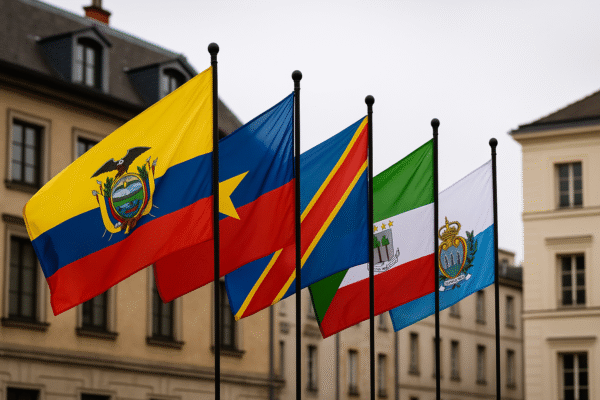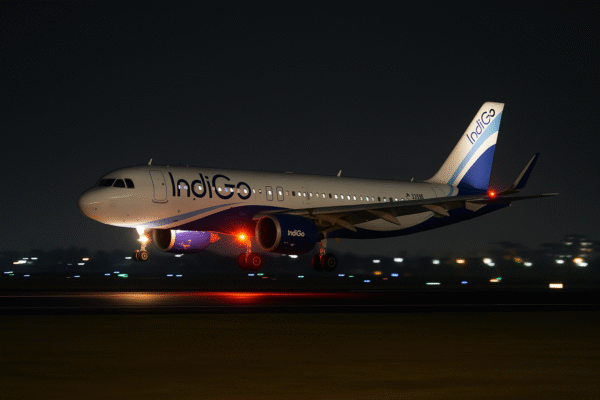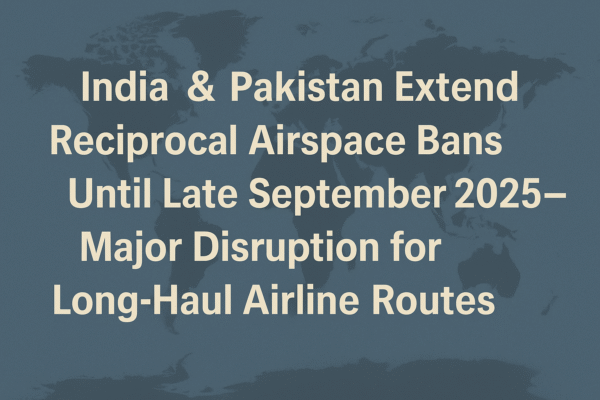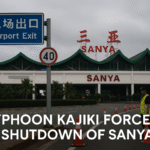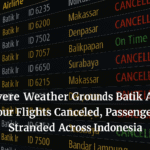As geopolitical tensions persist, India and Pakistan have both extended their reciprocal airspace bans through September 24, 2025, restricting commercial and military flights from entering each other’s skies. The continued closure stems from the April Pahalgam terror attack and escalating regional conflict, significantly impacting aviation and international travel.
Background: A Prolonged Aviation Lockdown
This marks the fifth consecutive month of airspace restrictions across both nations, initially imposed in late April following heightened tensions after the April 22 Pahalgam attack. Mutual NOTAMs (Notices to Airmen) continue to enforce the closure, affecting all commercial, military, and leased aircraft.
Economic Impacts: Industry Losses Mounting
Air India, India’s national carrier under the Tata Group, has projected staggering losses of USD 600 million over the year due to extended rerouting and extended flight durations. The airline has requested government subsidies—including potential overflight access via China and tax incentives—to offset additional fuel and crew costs.
Additionally, Air India has suspended its non-stop Delhi–Washington, D.C. service starting September 1. The airline cited a shortage of long-haul aircraft—due to retrofitting—and the operational burden of avoiding Pakistani airspace. Passengers are being offered refunds or alternate one-stop itineraries via U.S. hubs like New York, Chicago, and San Francisco in collaboration with partner airlines.
Moreover, Air India’s CEO, Campbell Wilson, emphasized that long, inefficient flight paths are driving up operating costs and hampering the airline’s profitability.
Broader Impacts on Tourism & Connectivity
The airspace restrictions are reshaping international aviation routes. Alternate paths now circumvent Pakistani airspace: flights to Europe and Central Asia transit via Russia or the Middle East, while those bound for North America refuel in cities like Vienna or Copenhagen. These longer routes increase travel time, reduce efficiency, and disrupt tourism patterns.
Plans to resume direct services depend on de-escalation of political tensions. Meanwhile, tourism industries in both countries face uncertainty, and long-term regional connectivity remains at risk.
Summary: Key Travel Disruptions at a Glance
| Impact Area | Consequences |
|---|---|
| Airspace Closure | Prolonged ban until September 24 for Indian and Pakistani aircraft |
| Aviation Finance | Air India expects USD 600M+ losses from rerouting and operational increases |
| Commercial Flights | Non-stop Delhi–Washington route suspended; reachability via connecting cities |
| Operational Efficiency | Airlines face longer flight times, increased fuel use, and complex logistics |
| Tourism & Connectivity | International travel disrupted; alternate routing strategies in effect |
Looking Forward: Diplomacy and Airspace Talks
Ongoing diplomatic engagement and potential negotiations could pave the way for restoring open skies. The aviation industry calls for de-escalation measures that keep security concerns and international travel needs in balance. Meanwhile, travelers are advised to check flight routes and updates closely and be prepared for rerouting or delays if flying between India and Pakistan, or via South Asia.
For more travel news like this, keep reading Global Travel Wire







